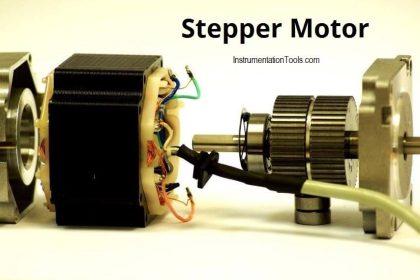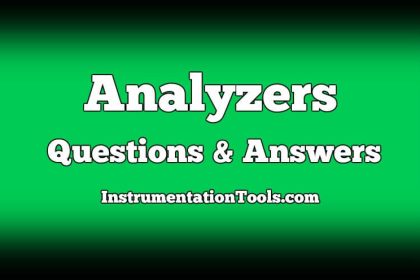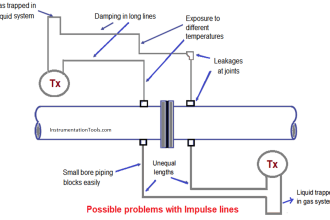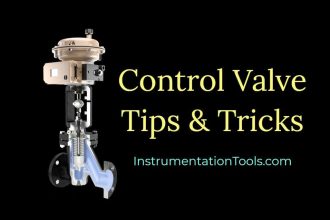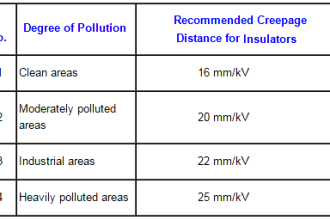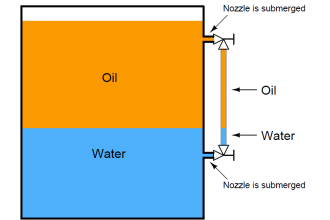Necessary Conditions for Stability & Non-Linear Systems MCQ
1. The techniques of linear system can be used in the non-linear system entirely:
a) True
b) False
Answer: a
Explanation: The techniques of the linear system cannot be entirely used in the non-linear system as they are differentiated by this way only.
2. The disadvantages of the linear system are:
a) The constraints on the linear operation over wide range demands unnecessarily high quality.
b) The restriction to the linear theory may inhibit the designer’s curiosity to deliberately introduce the non-linear components.
c) Practically systems are non-linear
d) All of the mentioned
Answer: d
Explanation: Linear system impose certain restrictions as the components cost is very high and it will cause restriction to operate the otherwise linear components in non-linear region with a view to improve system response.
3. System non-linearities are taken account by:
a) Analytical
b) Graphical and numerical techniques
c) Both a and b
d) None of the mentioned
Answer: c
Explanation: Systems non-linearities are taken into account by the analytical, graphical and numerical techniques.
4. The superposition theorem is :
a) Homogeneity
b) Additivity
c) Combination of homogeneity and additivity
d) Applied to non-linear systems
Answer: c
Explanation: Superposition theorem applies to linear system only and it refers to the additivity and homogeneity.
5. The standard test signal can be applied to give output to:
a) Linear systems
b) Non-linear systems
c) Time variant systems
d) Time invariant systems
Answer: a
Explanation: For linear systems the standard test signals can be applied to give the desired output.
6. The amplitude of the standard test signal does not matter in linear systems:
a) True
b) False
Answer: a
Explanation: The amplitude of the standard test signal is unimportant since any change in input signal amplitude results simply change in response scale with no change in the basic response characteristics.
7. The non-linear systems:
a) Do not obey superposition theorem
b) May be highly sensitive to the input amplitude
c) Laplace and z transform are not applicable to the non-linear systems
d) All of the mentioned
Answer: d
Explanation: The non-linear systems do not obey superposition theorem and also may be highly sensitive to the input impedance and Laplace and z transform are only applicable to the linear systems.
8. The stability of the linear system:
a) Determined by the location of the poles
b) Dependent entirely of whether or the system is driven
c) The stability of the undriven linear system is dependent on the magnitude of the final initial state.
d) Stability cannot be determined by the open loop poles
Answer: a
Explanation: Linear system’s stability can be determined by the location of poles and also it is independent entirely of whether or the system is driven and the stability of the undriven linear system is independent on the magnitude of the final initial state.
9. In non-linear system stability is :
a) Dependent on the input
b) Independent on initial state
c) Independent on input
d) Dependent on input and initial state.
Answer: d
Explanation: In non-linear system the stability is dependent on the input and initial states.
10. Non-linear elements may exhibit___________
a) Linear systems
b) Non-linear systems
c) Limit cycles
d) Time invariant systems
Answer: c
Explanation: Non-linear elements may exhibit the limit cycles which are self-sustained oscillations of fixed frequency and amplitude. Determination of existence of limit cycles is not an easy task as these may depend upon both the type and amplitude of the excitation signal.
11. The necessary condition of stability are:
a) Coefficient of characteristic equation must be real and have the same sign
b) Coefficient of characteristic equation must be non-zero
c) Both of the mentioned
d) Coefficient of characteristic equation must be zero
Answer: c
Explanation: The necessary condition of stability are coefficient of characteristic equation must be real, non-zero and have the same sign.
12. None of the coefficients can be zero or negative unless one of the following occurs:
a) One or more roots have positive real parts
b) A root at origin
c) Presence of root at the imaginary axis
d) All of the mentioned
Answer: d
Explanation: None of the coefficients can be zero or negative unless one or more roots have positive real parts, root at origin and presence of root at the imaginary axis.
13. The __________ of the coefficients of characteristic equation is necessary as well as sufficient condition for the stability of system of first and second order.
a) Negativeness
b) Positiveness
c) Positiveness and Negativeness
d) None of the mentioned
Answer: b
Explanation: The Positiveness of the coefficients of characteristic equation is necessary as well as sufficient condition for the stability of system of first and second order.
14. The Positiveness of the coefficients of characteristic equation is necessary as well as sufficient condition for:
a) First order system
b) Second order system
c) Third order system
d) None of the mentioned
Answer: c
Explanation: It does not ensure the negativeness of the real parts of the complex roots of the third or higher order systems.
15. Assertion (A): Routh criterion is in terms of array formulation, which is more convenient to handle.
Reason (R): This method is used to investigate the method of stability of higher order systems.
a) Both A and R are true and R is correct explanation of A
b) Both A and R are true and R is not correct explanation of A
c) A is true but R is false
d) A is False but R is true
Answer: b
Explanation: Routh criterion is in terms of array formulation which is convenient to handle stability problems of higher order systems.
